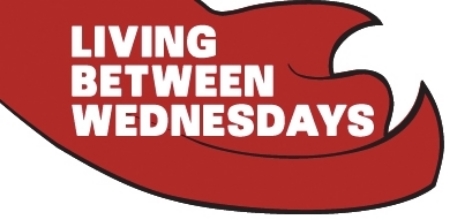Tempus Fugit
/As a result of my job and a happenstance of personal interests, I read a lot of comics. Like, a ridiculous, probably unhealthy amount of comics. This can eventually begin to eat into my time for doing other things, like eating, sleeping, and spending time with other human beings. However, there are ways to cut corners; for instance, if I’m reading a comic written before, say, 1986, or one written by Kurt Busiek, Chris Claremont, or Roy Thomas, I can simply skip over the tons of extraneous narrative captions and/or constant recapping of characters’ powers and histories. Or if I’m reading a Jeph Loeb comic, I can skip the dialogue altogether and enjoy the artwork. Unless, of course, it’s Ultimatum or Ultimates 3, and I can save even further time by skipping the entire comic.
I’ve read enough bad comics over the years to cultivate some easy shortcuts to time-saving. The one I’m most proud of is my ability to zero in on a few specific cues that will immediately tell me that the comic I have in my hands is not going to be worth my time, and I can therefore toss it aside and get on with my life. I will hereby pass a few of these cues on to you, dear reader, in the interest of hopefully enabling you to make time for reading better comics. So, without further ado, here are some examples of what I like to call “red flags”—easy-to-spot indicators that the comic I’m about to read will likely not be worth the effort.
“First Exciting Issue! Previously…”
One of the most blatant signs that a creative team is about to waste my time occurs when the first issue of a brand new comic series that hasn’t existed in any previous incarnation opens with a page showing the faces of all the characters and little blurbs that explain their personalities and motivations. That is just plain lazy, people! Tell me all this stuff in the course of your story! Action defines character, not a handy chart on the inside front cover. If you’re not even going to try, then I’m not even going to bother reading it. Important note: I will give a pass to the first volume of Naoki Urasawa’s 20th Century Boys, which does exactly this. It’s so unnecessary that I would guess American publisher Viz put it in there to help readers keep track of the large cast of characters. I would urge those same readers to skip right over it and discover the cast for themselves.
“Aaaaand CUT!”
One of my most absolutely hated comic clichés—storytelling clichés, really, since I see it in movies and TV shows all the time—is when a comic opens with a crazy action/chase sequence that spans several pages of explosions and fights and whatnot, and culminates in the protagonist facing a certain-death scenario…and then someone off-panel yells “CUT!”, and it’s revealed that all these people are shooting a movie. Not only is this one of the most egregiously overused clichés in any medium, it runs counter to what anyone with even the most rudimentary knowledge of filmmaking should know about how scenes are shot and edited. Who shoots giant action scenes with explosions and squibs and all manner of special effects in one continuous, unbroken shot anyway? Okay, Alfonso Cuaron in Children of Men, but that’s pretty much it. Man, Children of Men is great. What was I talking about again?
“Let’s Hit ‘Em Hard and Fast, Team!”
If you read any comic in the early Nineties, you probably saw this particular battle cry no less than half a dozen times. Hard and fast? As opposed to what, soft and slow? Honestly, though, pretty much any comic that features this line of dialogue is most likely a book you can judge by its cover, being that said cover was probably drawn by Rob Liefeld, Chap Yaep, Dan Fraga, or Marat Mychaels. Also, I would wager that if the comic featuring this line is a first issue, that issue’s title is most likely “Baptism of Fire!”.
So that’s all I can think of right now. If anyone reading this has any red flags of their own, please feel free to share them with the rest of the class.




